“Let me open the gates and let you into my fiddle world...”
Last week, I caught up with Alasdair for a chat about the relationship between dancer and musician and his top tips for keeping dancers on their feet. We discussed how jigs, strathspeys, reels, waltzes, which make up a big part of the repertoire of Scottish fiddle music, are essentially dance tunes, or tunes for dancing to, and how important is it that musicians have an awareness of the dance traditions in Scotland when they are learning the tunes. We also discussed his own journey in the world of Scottish fiddle music and he reflected of the sense of oneness which can be created as the bow of the fiddler engages with the feet of dancers and they resonate together. You can listen to the interview below. “When I look at our music – any music – one of the first things I think about is 'how would people move to this?' […] When you get into jigs, reels, the hornpipe, strathspeys, the scottiche, the Highland fling – and all the different ways that we dance in Scotland – those movements have evolved along with the style of the music and they inform the fiddler's bow arm. So, to play a dance tune without ever having seen how people are supposed to move to it, is to cut off a major artery into your music […] To answer that question 'how do I bow this?' I go to the dance floor. And there, right there, are many answers - the dancers are telling you how to bow it. They are telling you that they will respond in a certain way if you give them what they need. And, in order to give them what they need, you need to start bowing in a certain way […] In many cases there is a one to one correspondence between the fiddler's bow arm and the dancers' feet, so you almost feel like a choreographer. If you are bowing and the whole ballroom is moving to your bow, it is one of the great highs of playing traditional music” - Alasdair Fraser (2013).
2 Comments
Whilst studying towards a degree in Scottish Ethnology, I did research into the step-dance tradition in Scotland and in Cape Breton as part of an Emigrant Traditions course at the School of Scottish Studies. As part of the research I sent out questionnaires to many step-dancers, to explore the evolution of the tradition and the similarities/differences between the transmission and performance of step-dance in these two places. My informants included Dawn Beaton, Mary Janet MacDonald, David Rankin, Tara Rankin, Mats Melin, Nic Gareiss, Michelle Greenwell, Abbie MacQuarrie, Seonag Buxton and Deirdre Graham. The most striking, yet inevitable, difference between the traditions in these two contexts was that in Cape Breton, for the most part, step-dance is still learned and passed on in family and community setting. Whereas, in Scotland, step-dance exists in a revivalist context with learning and teaching environments which are, in most cases, formalised classes or workshops. As I'm a step-dancer myself, I of course would have my own responses to these questions and I thought it would be interesting for me to share them with you here... 1. How were you first introduced to step dance? Where/from whom did you learn to dance?How were you first introduced to step dance? Where/from whom did you learn to dance?I was first introduced to step-dance aged 10 when I saw a performance by Harvey Beaton and Buddy MacMaster in Inverness (Scotland). After taking some classes at my local Fèis, the following year I attended a course with Harvey Beaton (Cape Breton) and Donal Brown (Scotland) at Sabhal Mòr Ostaig on the Isle of Skye. Following that I attended Fèisean where I learnt from Frank McConnell, Deirdre Graham and Jane MacNeil. and laterly Margie Beaton at Ceolas. 2. Do you have a background in dance or any other cultural forms (music, song)? If so then what style of dance and did you have any formal training?
3. On what occasions/ in what contexts do you usually perform? Do you usually perform as a solo dancer or with other dancers?
4. Is there a particular type of footwear which you chose to wear for dancing?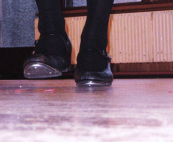 Dancing feet! Dancing feet! When I was younger I would always wear my school shoes for dancing. This would be my pre-requisite for buying new school shoes and I would end up dancing in the shop to try them out! A few years ago, I did tap dancing in a production of the musical 'Thoroughly Modern Millie' and, after buying tap shoes for the show, I started wearing tap-shoes for step-dancing. This is good for concerts because the taps amplify the steps and give a crisp, clear sound. However, I am always on the look out for a good pair of leather-soled shoes for more intimate settings and accompanying puirt-a-beul for example. Also, leather-soled shoes give me a better sense of contact with the floor and a range of percussive sounds and tone which you don't get with taps. 5. What, in your opinion, are the signs of a ‘good dancer’?
6. How important is music to the performance? Are there any tunes in particular which you prefer or would select to dance to?Music is very important. It is the rhythmic relationship between the musician and the dancer which makes dancing so enjoyable for me. Although there are some tunes which are typical for step-dancing I enjoy dancing to most tunes. The older tunes with a strong pulse seem to fit best with some of the traditional steps but I also quite like trying out new steps to fit modern, “quirky” fiddle and pipe tunes. With strathspeys, however, I find that when the tunes are played slow and pointed (in a style more suited to country dance or Highland dancing) the steps have to be altered in a way that they loose their drive and punchy rhythm. 7. When you perform do you usually follow a certain routine or pattern/combination of steps?
8. Would you say that you had a ‘repertoire’ of dance steps? Would you be able to put a number to how many steps that includes? How do you remember steps and identify individual steps?Since I started teaching step-dance I have become more aware of a repertoire of steps, but even still I make steps up on the spot sometimes to teach my pupils and demonstrate how the essential movements (shuffle, hop, tap, heel click ect.) may be put together and combined in a multitude of different ways giving you endless possibilities for rhythmic combinations. I don't really have names for most of the steps but normally as long as I can remember the rhythm then I will remember the step. 9. Do you make up your own steps? How much space, do you feel, is there for variation and improvisation within the tradition? Have you ever tried/performed/considered combing ‘traditional’ step dance with other forms/styles of dance?
10. Why do you dance?Because I love it! There is something about the physical interaction with music which gives me a buzz, it quite literally gets the heart bumping. I love listening to traditional music in all it's various forms – at concerts, on the radio, on my ipod – but often the tunes are calling out for us to move, dance, join in, engage with the music and with each other. Even just watching dance puts a smile on my face, if I'm not already on the dance floor myself!
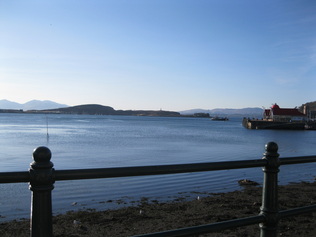 Oban bay in the sun When the fabulous Debbie Mackay (drama tutor) pulled up in her nippy, wee MG to give me a lift up to Oban, the Easter Fèis was off an exciting start! This was to be my first year of teaching at Fèis Latharna. I was added to the tutor list (comprising some 20 tutors) just a couple of months ago when Ewen MacPherson (Fèis organiser) received a call from the Gergel School in Kiev who wished to send five pupils to the Fèis in Oban on the request that there was a step-dance tutor. Scottish step-dancing in Ukraine – an unlikely combination one would think – however, you only need to type in a quick search into youtube to discover the many talented, young step-dancers over in Ukraine. And so, strengthening the dance element of Oban's five day festival of traditional arts for 8-18 year olds, step-dance was added to the choice of tuition alongside highland dance, song, fiddle, clarsach, accordion, whistle, chanter, piping, pipe-band drumming, percussion, guitar, art, drama, football and shinty! Phwah!
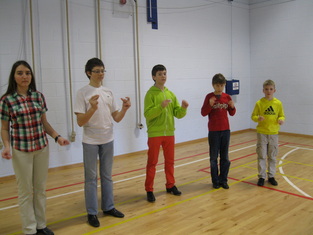 Five students from the Gergel School (Kiev) It was a fantastic opportunity to work with the Ukrainian students. They already had a lot of steps so I was able to focus on precision of footwork and rhythm as well as introduce them to a few more intricate steps. They were accompanied by their dance tutor from Ukraine, Vera Gergel. Like myself, Vera initially learned step-dance by attending summer schools at Sabhal Mòr Ostaig on the Isle of Skye. She now passes her steps on to her pupils, at the Gergel language school. In addition to this, the Gergel School also invite musicians and dance tutors from Scotland over to Ukraine to teach workshops and the students partake in céilidhs and Burns suppers as part of their cultural experience.
It is said that when Highland emigrants were clearing the forests in Cape Breton they would step-dance on the stumps of the cut down trees. Well, this was certainly my opportunity to practise my neat steps, close to the floor and within tight boundaries! The evening kicked off with big Donald MacPhee giving us a blast of the Highland Pipes after which each tutor took it in turn to give a short demonstration. With only a couple of near ankle breaks I made it through a strathspey/reel set, accompanied by Adam on fiddle. A highlight of the week was the family céilidh, held in the Argyllshire Gathering Hall. The array of talented tutors performed throughout the evening in a rotating céilidh band as boys, girls, toddlers, teenagers, mothers with sons and fathers with daughters all took to the the dance floor. It was so delightful to see so many young people dancing with such enthusiasm and with such good knowledge of the dances! I was impressed that, considering the average age would have been about 10, the dance flowed more smoothly than any dance I had witnessed during my four years at University and reminded of me of school céilidhs in Fort Augustus. From dancing feet to smiling faces, the dance floor was brimming with fun and enjoyment. In between dances the gathering were treated to Gaelic songs from Darren MacLean, a Sailor's Hornpipe and a Seann Triubhas from Eilidh MacInnes and I did a spot of steps-dancing (this time with slightly more floor space!). Eilidh Munro also played a beautiful set of tunes on the clarsach for which the children huddled around the stage to listen.
When I was growing up in Fort Augustus, every Easter holiday, my mother would make the 4 hour round trip daily to take my brother, sister and I through to Fort William for Fèis Lochaber. I can still remember the excitement each morning as we queued up for our name badge in anticipation of the jam packed day of music, dance and drama ahead. We had the same excitement at the end of the day as we got in the car and would spend the entire ride home telling my mother all we had done that day. It was here that I picked up many of my steps from Jane MacNeil and Frank McConnell and also had my first opportunities to try out new instruments and participate in Gaelic language and song. Gaelic wasn't offered at my local school and therefore exposure to the language at the Fèis was a rare opportunity when growing up. The Fèis was hugely important in my dance development as well as my great passion for our musical and cultural heritage. Since those years of attending Fèis Lochaber as well as my local fèis, Fèis Gleann Albainn, which was set up later, my passion has continued to grow and influence the paths I have taken. Whether as a profession or simply as a hobby, music and dance is a love which I will always have and treasure. Thanks to the Fèisean movement, and all it brought with it, there is now a cultural climate in which Gaelic culture thrives. The biggest gratitude on this part must go to all the communities and committee members of localised Fèisean who work so hard to ensure that they continue each year.
|
Sophie's BlogThis blog is for all things dance related... I post videos, articles information and news, making it a great way to keep up with what's going on the the step-dancing world! If you have any news to share, or would like to contribute something to this blog, then feel free to send your blog post to [email protected] and I will put them up on the website! Categories
All
|
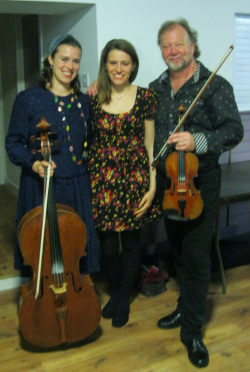
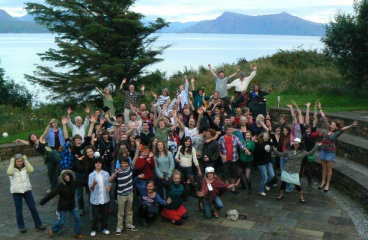
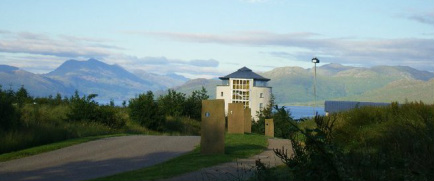
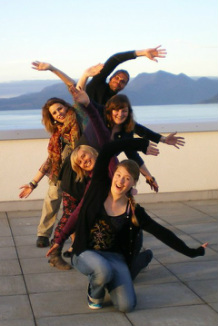
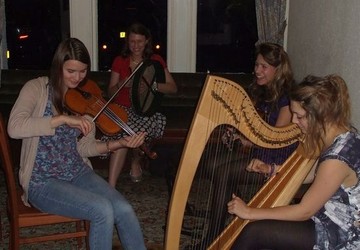
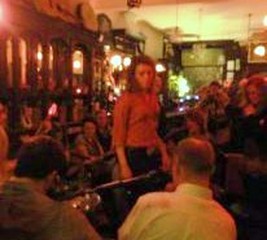
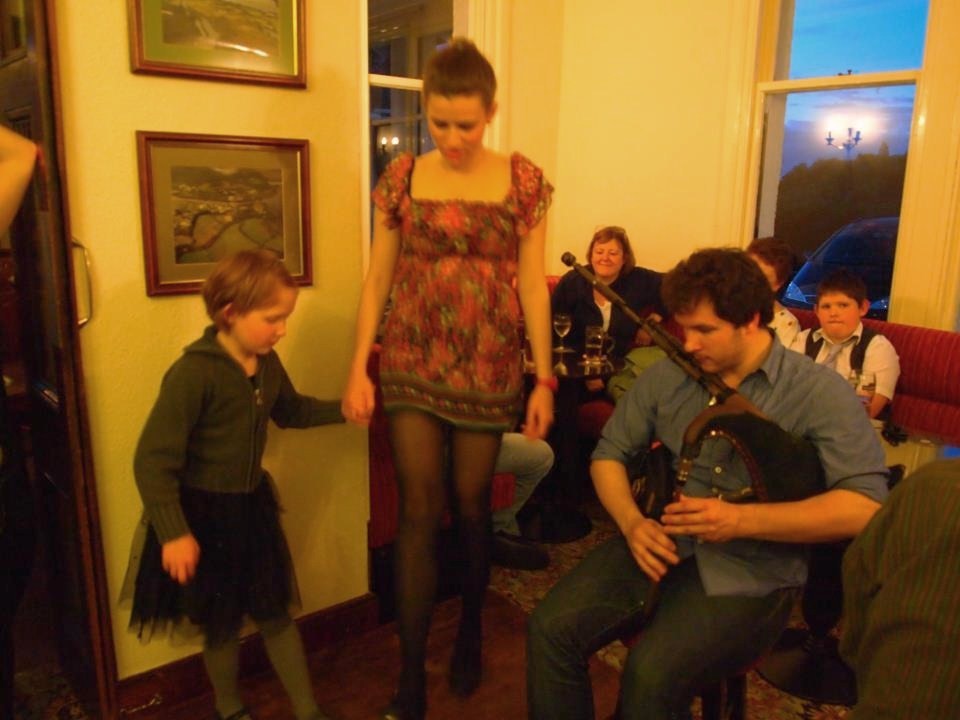
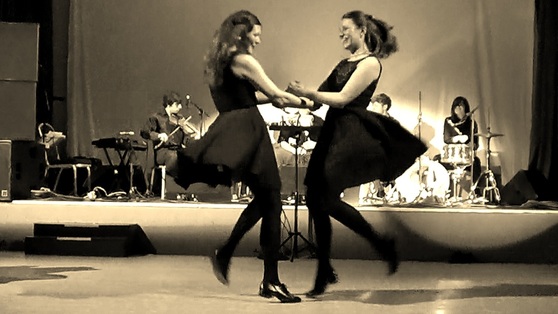
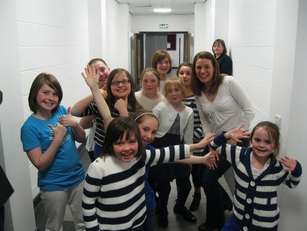
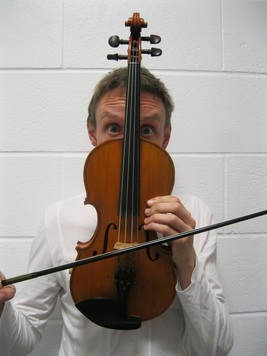
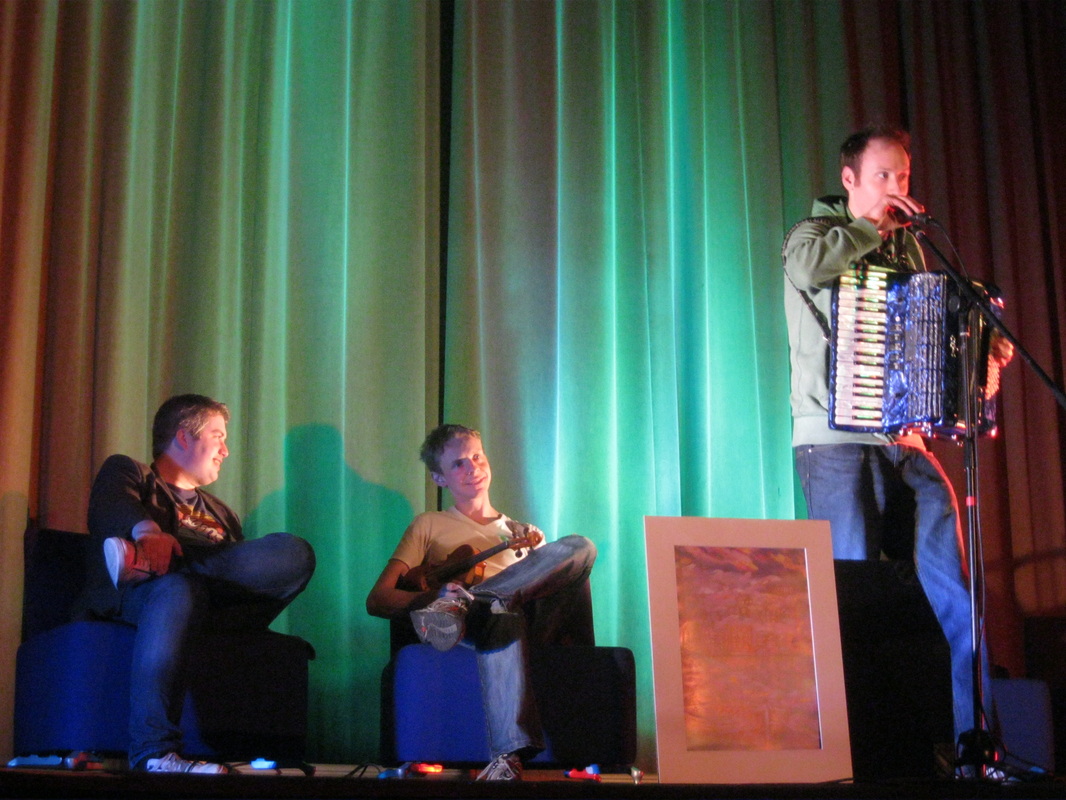
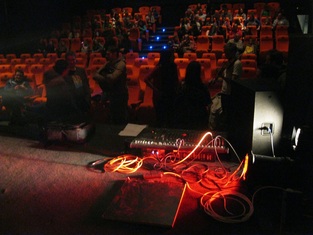
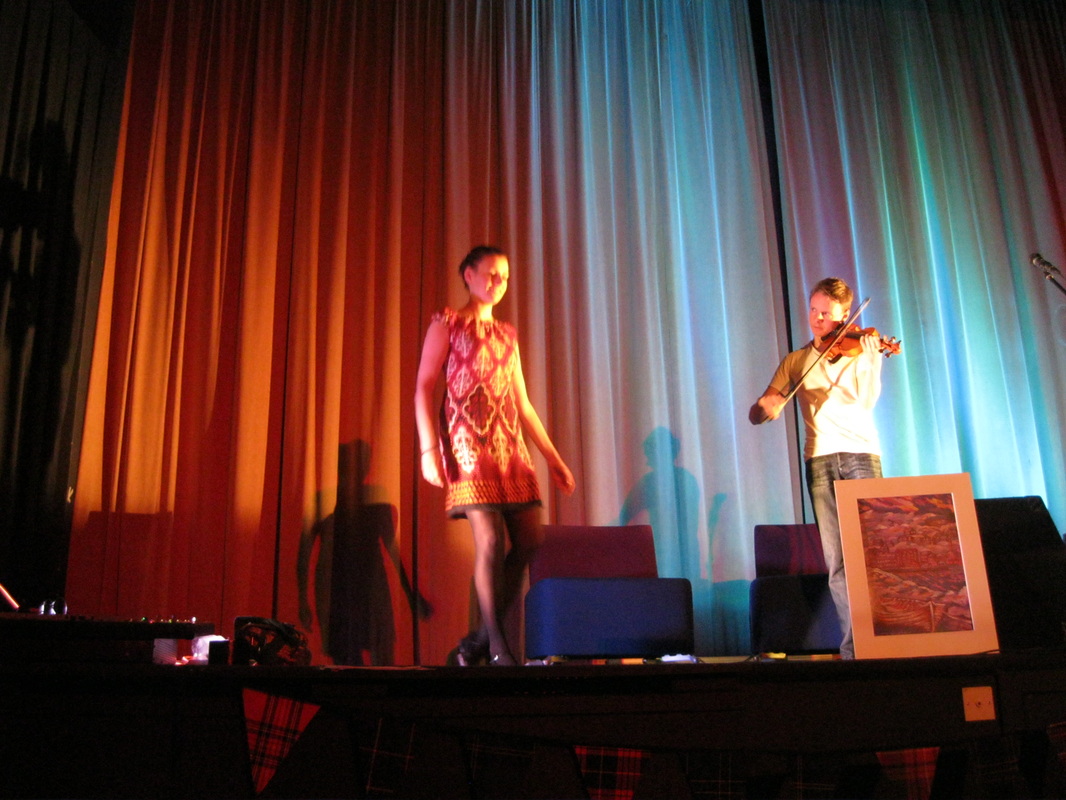
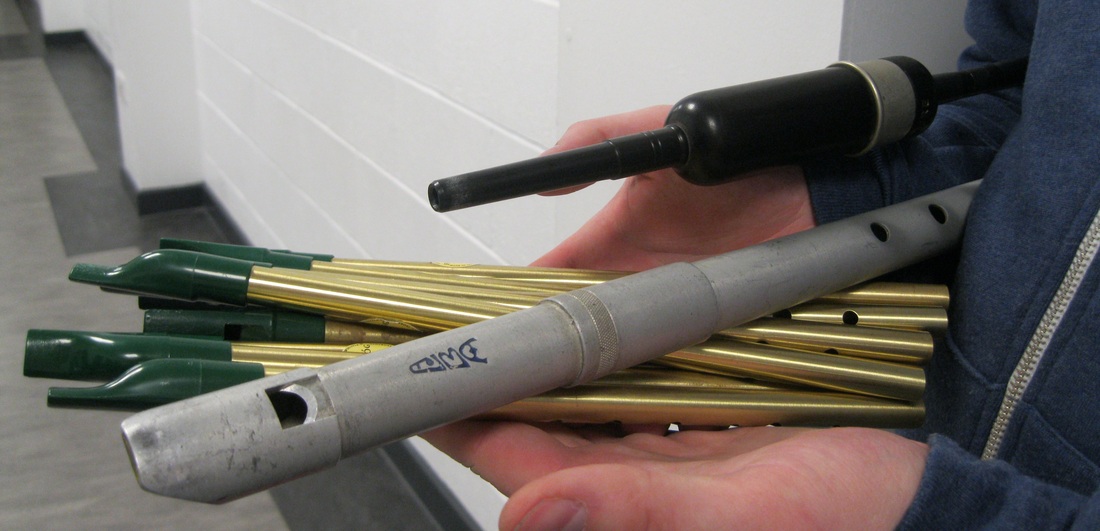
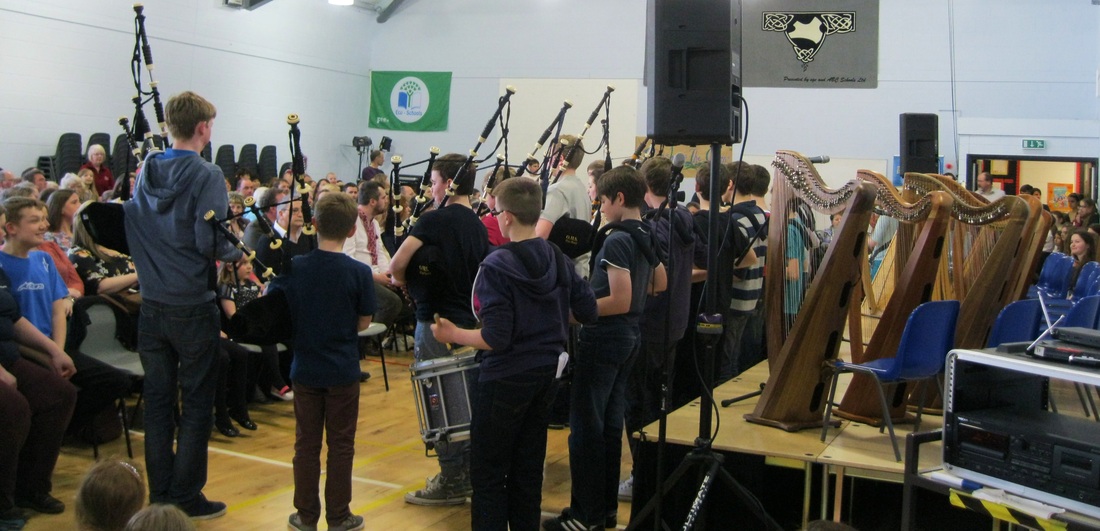
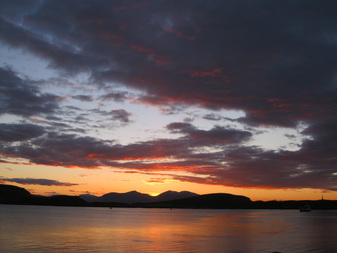
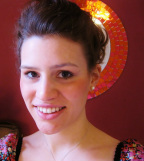
 RSS Feed
RSS Feed
